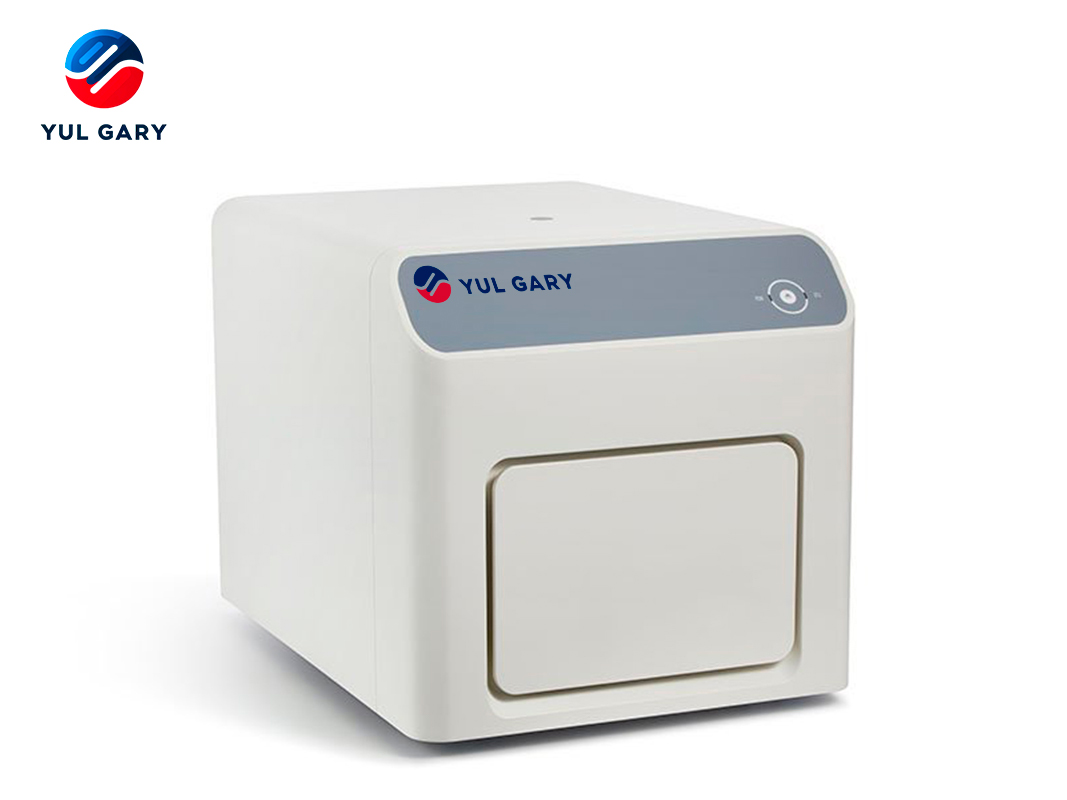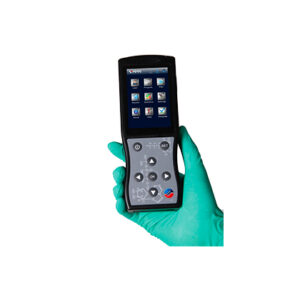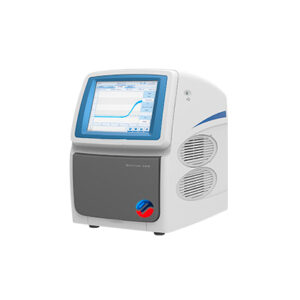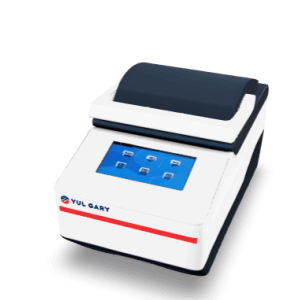Description
The Real-Time Quantitative PCR System YG1285 // YG1286 is a high-performing qPCR instrument, distinguished by its advanced optical signal collection and robust spectrum separation technology. This system offers precise temperature control, ensuring high-sensitivity detection and exceptional temperature uniformity. Available in 4-channel and 5-channel configurations, it supports a wide range of dye-based and probe-based chemistries. Ideal for absolute quantification, gene expression analysis, genotyping, and high-resolution melting curve analysis, it’s indispensable for molecular diagnostics, clinical research, and genetic studies.
Market Price
The Real-Time Quantitative PCR System YG1285 // YG1286 is competitively priced between $21,200 and $22,960 USD, depending on the configuration, accessories, and software options. This investment is ideal for laboratories seeking precision, efficiency, and reliability in customized multiplex detection and high-throughput capabilities.
Frequently Asked Questions
- What is the difference between the YG1285 and YG1286 models? The YG1285 has a 4-channel detection system, while the YG1286 includes an optional 5th channel for enhanced multiplex detection.
- What types of qPCR chemistries are compatible with this system? This system is compatible with FAM/SYBR Green, VIC/JOE/HEX/TET, ROX/Texas Red, Cy5/LIZ, and Cy5.5 (optional for 5-channel models), supporting various probe-based and dye-based assays.
- Does the system require frequent calibration? No, its innovative spectrum separation technology minimizes the need for frequent calibration, ensuring stability and consistent performance over time.
Advantages and Disadvantages
Advantages:
- Fast and precise thermal cycling with a 6.0°C/s ramp rate
- High detection sensitivity capable of identifying single gene copies
- Multiplexing capability for up to 5 targets per reaction
- Advanced melting curve and gene expression analysis
- Excellent temperature uniformity and accuracy (±0.2°C)
- Wide compatibility with qPCR dyes and probes
Disadvantages:
- Higher initial investment compared to conventional PCR systems
- May require specialized training for advanced applications
- Limited to 96-well plate format, which may not suffice for ultra-high-throughput laboratories
Field Applications
The YG1285 // YG1286 Real-Time Quantitative PCR System is extensively used in:
- Clinical and Molecular Diagnostics – Pathogen detection, viral load quantification, and oncology biomarker analysis
- Pharmaceutical Research – Drug response studies, pharmacogenomics, and vaccine development
- Genetic and Forensic Analysis – Mutation detection, genotyping, and identity verification
- Food Safety and Agricultural Biotechnology – GMO detection, bacterial contamination analysis, and plant pathogen testing
Recommendations
For optimal performance and longevity of your PCR system, consider the following recommendations:
- Regularly clean optical components to maintain high-resolution fluorescence detection
- Use high-quality qPCR reagents to ensure consistent and reliable results
- Optimize assay conditions by validating reaction parameters before large-scale testing
- Perform firmware and software updates for enhanced system functionality
Technical Specifications
| Model | YG1285 | YG1286 |
| Sample capacity | 8*0.1mL PCR strip*12 96*0.1mL individual tube 0.1mL PCR Plate |
|
| Sample volume | 10-50 μL | |
| Heating and Cooling method | Peltier | |
| Maximum ramping rate | 6.0° C/s | |
| Temperature range | 4-100 °C | |
| Temperature accuracy | ± 0.2°C | |
| Temperature uniformity | ±0.2°C@60°C ±0.3°C@95°C | |
| Optical Detecting System | ||
| Excitation light | 4pcs high-efficiency single color LED | 5pcs high-efficiency single color LED |
| Detector | SiPMT | |
| Detection method | Time-resolved real-time scanning | |
| Excitation/Emission wavelengths | 455-650nm | 510-750nm |
| Detection Channels | 4 (optional 5 channels) | |
| Supported dyes | FAM/SYBR Green, VIC/JOE/HEX/TET, ROX/Texas Red, Cy5/LIZ,(Optional- Cy5.5 for 5-channel model) | |
| Multiplexing | Up to 4 targets (optional 5 targets for 5-channel model) | |
| Sensitivity | 1 copy gene | |
| Resolution | 1.33-fold copies difference in single-plex reaction | |
| Dynamic range | 10 orders of magnitude | |






